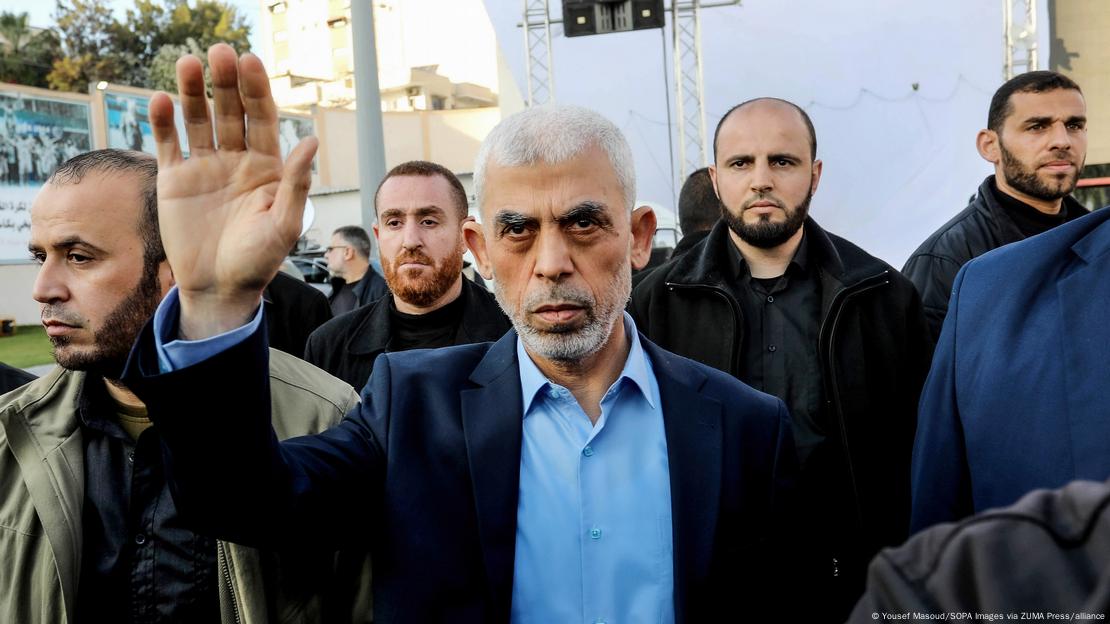By AFP
August 6, 2024

The fatal stabbings in Southport have sparked huge protests, exacerbated by disinformation on social media - Copyright AFP JAAFAR ASHTIYEH
Akshata KAPOOR
As far-right riots grip England, provocative tech billionaire Elon Musk is posting sympathy for the anti-immigration demonstrators, angering the UK government, which blames social media companies for fuelling the unrest.
The week-long disturbances that have spread to numerous cities are linked to misinformation online that the suspect behind a mass stabbing that killed three girls was a Muslim asylum seeker.
A war of words between X owner Musk and Prime Minister Keir Starmer’s recently elected Labour administration began on Sunday when Musk tweeted that a British “civil war is inevitable”.
Starmer’s spokesperson said Monday there was “no justification” for the comment, only for Musk to respond with a stream of posts Tuesday questioning the British leader’s response to the riots.
Musk also referenced a dubious claim about policing that has been widely denied by lawmakers from across the political spectrum and police chiefs.
“Use of language such as a ‘civil war’ is in no way acceptable,” justice minister Heidi Alexander said on Tuesday, branding Musk’s comments “deeply irresponsible”.
“We are seeing police officers being seriously injured, buildings set alight, and so I really do think that everyone who has a platform should be exercising their power responsibly,” she told Times Radio.
The riots follow the murder on Monday last week of three girls aged between six and nine at a Taylor Swift-themed dance party in Southport, northwest England.
The suspect is 17-year-old Axel Rudakubana, who was born in Britain, reportedly to immigrants from Rwanda.
He did not come to the UK on an illegal small boat crossing as false rumours on social media have suggested.
Far-right protesters — sometimes masked and brandishing British flags — have clashed with police, torched cars, and attacked mosques and hotels housing asylum seekers, leading the government to provide emergency security to Islamic centres.
In a post on X on Monday, Starmer vowed to apply “criminal law online as well as offline”, adding that “we will not tolerate attacks on mosques or on Muslim communities”.
Musk replied: “Shouldn’t you be concerned about attacks on *all* communities?”
His original “civil war” post came in reply to another X user blaming the riots on “the effects of mass migration and open borders”.
The comment was “not surprising for Elon Musk, who’s been also feeding some of the conspiracy myths and some of the hateful rhetoric” surrounding the riots, said Julia Ebner, Senior Researcher at the Institute for Strategic Dialogue who specialises in far-right extremism.
In a post on Tuesday, Musk retweeted a video claiming to show Muslims attacking a pub, repeating “why aren’t all communities protected in Britain?” and tagging Starmer.
He also added a hashtag “TwoTierKeir”, referring to allegations by those on the right of “two-tier policing” in which far-right agitators are punished more harshly.
Hard-right Reform UK leader Nigel Farage said on Monday that “since the soft policing of the Black Lives Matter protests, the impression of two-tier policing has become widespread”.
The BLM protests were largely peaceful, but pockets of disorder were heavily cracked down on by police. So were previous riots largely involving minority ethnic groups in 2011 when Starmer himself was chief state prosecutor.
– ‘Nowhere to hide’ –
In Musk’s latest series of posts, he claimed the UK was censoring online content, saying “is this Britain or the Soviet Union?”
Influencer Andrew Tate and far-right, anti-Islam figurehead Tommy Robinson are among people who promoted false claims about Rudakubana on X.
EuropeInvasion, an anti-immigrant X account with hundreds of thousands of followers, still has a post up falsely claiming that the attacker was “confirmed to be Muslim”.
One man charged with intending to stir up racial hatred related to alleged posts on Facebook in connection to the riots was due to appear in a court on Tuesday.
“Online comments can have a huge influence on offline behaviour,” Ebner said.
Technology minister Peter Kyle met representatives from TikTok, Meta, Google, and X on Monday and warned that social media users spreading misinformation will have “nowhere to hide”.
Musk –- who has reduced content moderation on Twitter since taking over in 2022 –- regularly voices support for right-wing causes and politicians like ex-US president Donald Trump and Argentina President Javier Milei.
He has reinstated several far-right accounts, including that of former English Defence League leader Robinson who had been banned since 2018.












